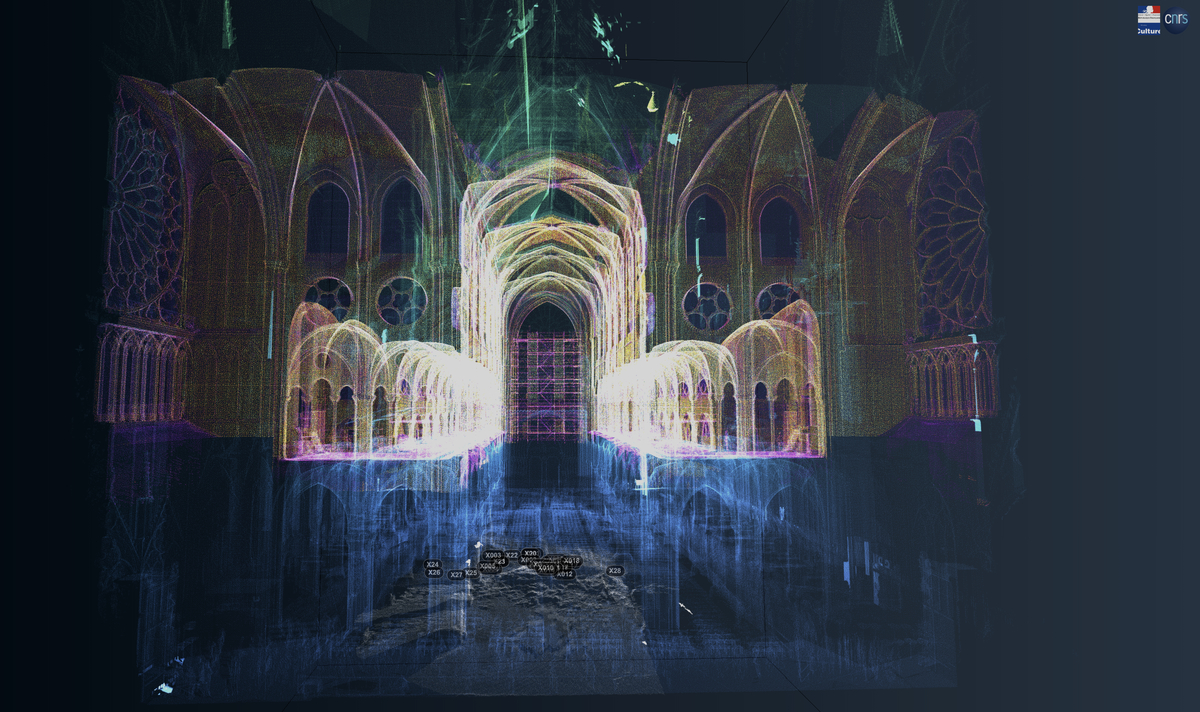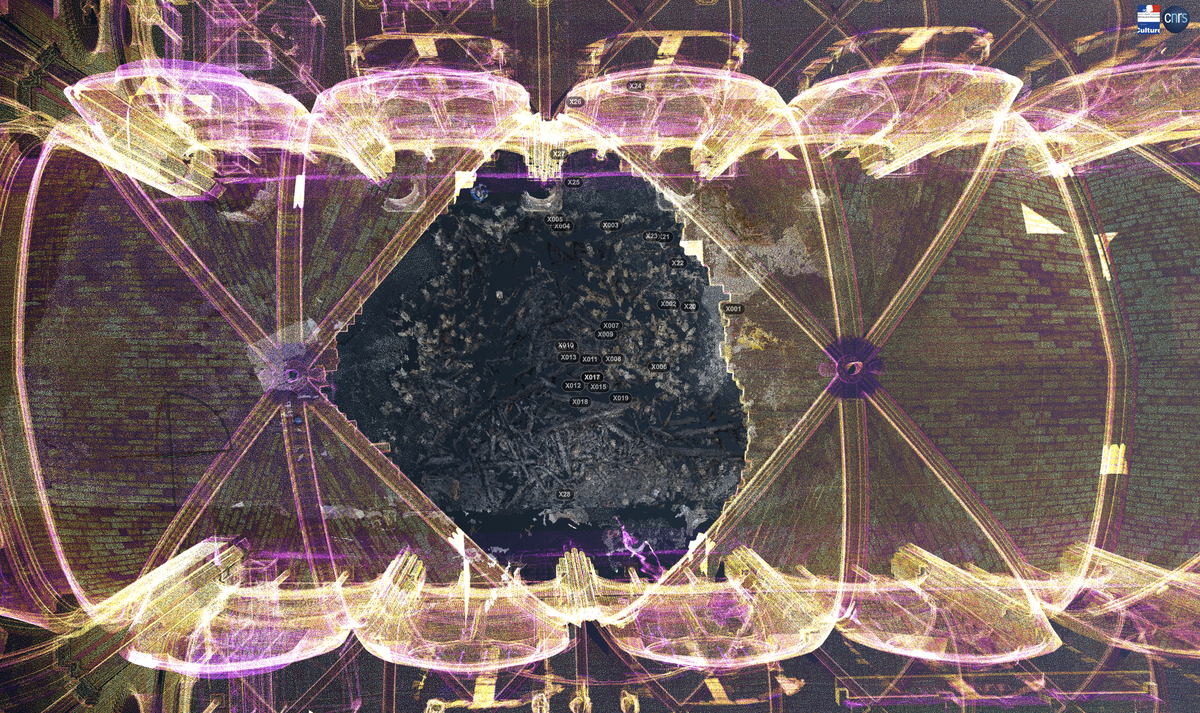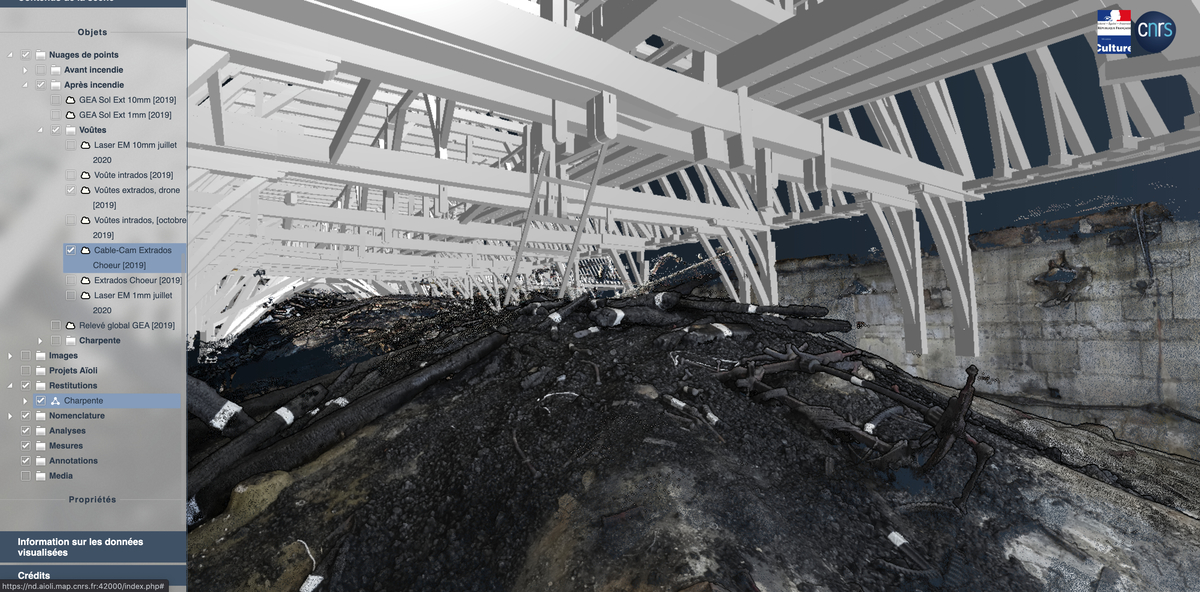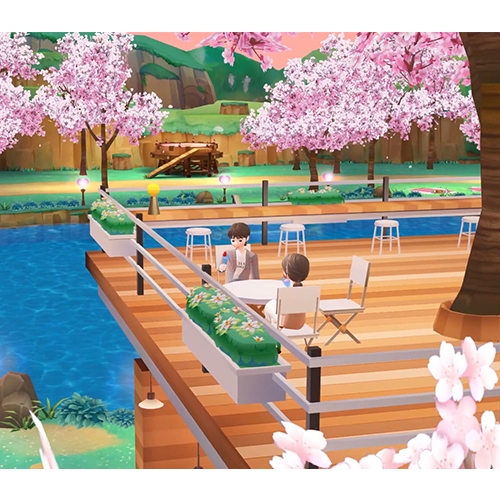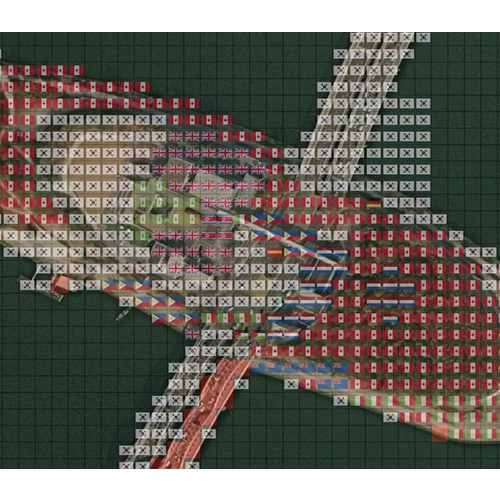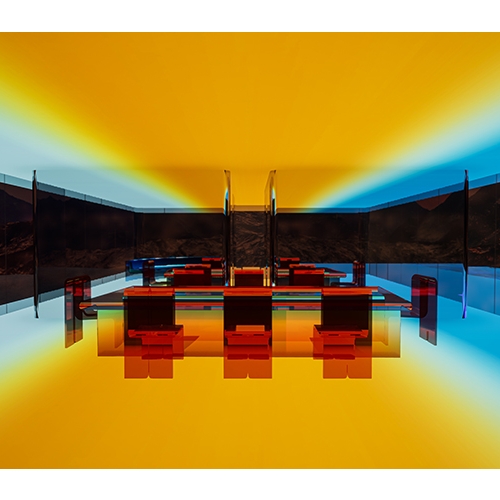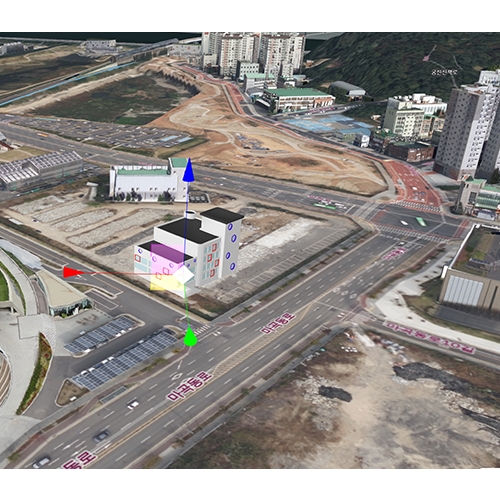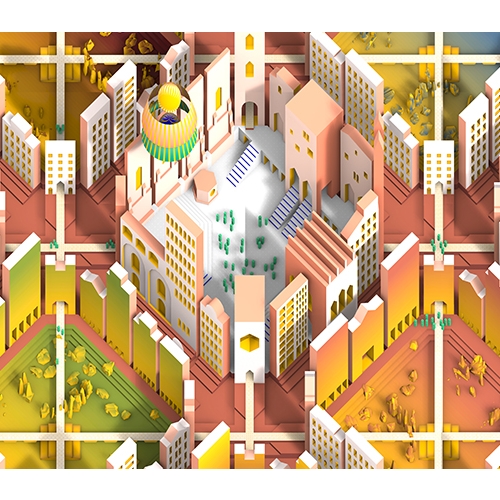interview Livio de Luca research director, CNRS × Kim Yeram
Kim Yeram (Kim): Researchers from various fields participated in the digital reconstruction project of Cathédrale Notre-Dame de Paris. What points were foremost in your mind during your discussions around the process of restoring the building in cyberspace?
Livio De Luca (De Luca): The disciplines related to structures, shapes and materials were of greatest relevance. First of all, it was a question of articulating the skills capable of illuminating the previous conditions of the destroyed areas like the timber roof and the vaults, while also analysing the state of conservation of the remains, in particular by drawing comparison between these temporal points.
Kim: I heard that in 2018, you recorded the cathédrale using the digital twin programme ‘aïoli’.
De Luca: The aioli application was designed and developed before the fire
at Notre Dame, but it was only used after the fire to perform a 3D semantic annotation of 2D and 3D data acquired before and after the fire. Using this platform, we’re now managing all of the available data such as tens of thousands of photographs taken before and after fire, dozens of laser scans, description attributes, annotation layers, related documentation, and so on. This allows us to observe the current state of the cathedral by drawing continual comparisons with its past state.
Kim: Around the same time, Shurijo Castle in Okinawa, Japan, was also gutted by flames. Japan built a 3D model based on photos and videos received from the public. What about France?
De Luca: We focused on gathering and integrating highly detailed surveys carried out through laser scanning with our academic partners. Before the fire, then we were also able to collect thousands of photographs from technical archives. This data already provides a sufficient level of detail for the restitution of the absent forms, especially in terms of the geometry, but we continue to collect new resources to improve our knowledge of the visual aspects. In the case of Notre Dame, a crodwsourcing campaign does not make much sense because the missing parts – timber roofs, the upper surfaces of the vaults, etc. – were not visible to the general public, and consequently it remains rather difficult to find images of these areas. However, as we need a high level detail in some figures like vaults or arcs, we’re experimenting with a new methodological approach to fill in information gaps using the accurate 3D digitisation of the remains – stone, wood, metal – in order to be virtually assembled at a later stage.
Kim: I heard that the virtual reality (VR) version of the cathédrale will open to the public around Easter in April 2022. What are the virtues of this architecture?
De Luca: For this high precision model, we’re implementing state of the art technologies to explore all of the available data through progressive levels of definition on the web. At the end of the scientific action (2024), this virtual environment will open to the general public. I don’t think these digital replicas will come to constitute ‘independent architectures’ in and of themselves. This gives rise to new hybrid forms between the physical cathedral and a virtual cathedral wrought from scientific knowledge that we’re producing today, and so we will see, in the coming years, the emergence of new forms of ‘spatiality’.
